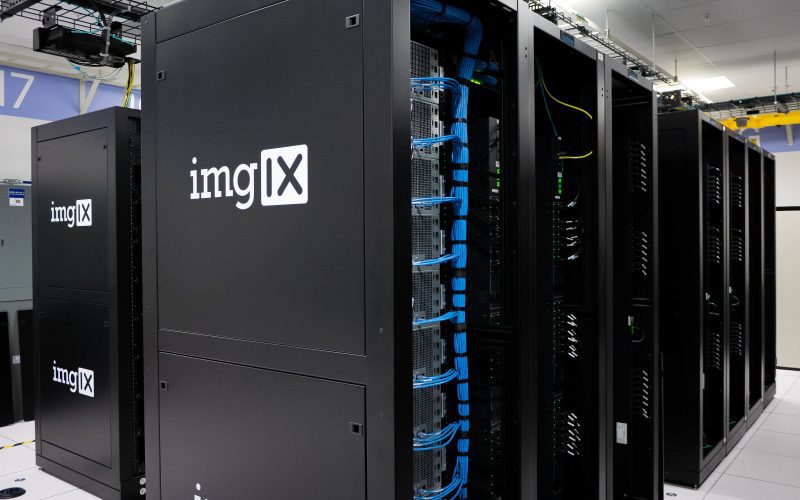Artificial intelligence has long been a hot topic, with advancements being made every day. But one development that’s starting to take the industry by storm is evolutionary computing. This type of computing involves simulating natural selection and mutation processes in order to improve machine learning algorithms. Essentially, it takes AI to the next level by allowing machines to learn from their mistakes and develop new solutions over time rather than relying on predetermined programming. In this article, we’ll explore how evolutionary computing is revolutionizing artificial intelligence and why it’s so important.
What is evolutionary computing?
Evolutionary computing is a branch of artificial intelligence that uses evolutionary algorithms to generate new solutions to problems. These algorithms are inspired by natural selection, and can be used to optimize a wide variety of objectives.
Evolutionary computing has been used to solve problems in many different fields, including finance, engineering, and medicine. In recent years, it has also been applied to artificial intelligence itself, in an effort to create more intelligent algorithms.
There are many different types of evolutionary algorithms, but all of them share some basic principles. First, a population of potential solutions is created. This population is then evaluated according to some objective function. The best-performing solutions are then selected to form a new generation, which is again evaluated and selected in the same way. This process is repeated until a satisfactory solution is found.
Evolutionary computing is often used when traditional optimization methods fail. This is because the search space of possible solutions is so large that exhaustive search is not feasible. Evolutionary algorithms can also be used when the objective function is unknown or too complex to be directly optimized.
There are many different types of evolutionary algorithms, but they can all be classified into two main categories: direct and indirect methods. Direct methods work with the solutions themselves, while indirect methods work with representations of the solutions (called genomes).
Indirect methods are generally more powerful than direct methods, but they require more computational resources. For this reason, direct methods are often used when
How is it different from other AI methods?
There are a few key ways in which evolutionary computing differs from other AI methods. Perhaps the most significant difference is that evolutionary computing takes inspiration from natural evolution, which is an inherently parallel process. This means that EC can more easily take advantage of modern parallel computing architectures than other AI methods that are based on serial processing.
Another key difference is that EC algorithms often focus on finding good solutions rather than optimal solutions. This makes them more robust in the face of noise and uncertainty, and also more efficient since they don’t need to explore the entire search space. Finally, EC algorithms are often very flexible and can be easily adapted to new problem domains.
Its advantages and disadvantages
Evolutionary computing is a branch of artificial intelligence that deals with the design and development of algorithms based on the principles of natural selection and Darwinian evolution.
Its advantages include the ability to find solutions to problems that are difficult or impossible to solve using traditional methods, as well as the ability to handle large amounts of data and complex problems. Its disadvantages include the need for large amounts of computing power and time, as well as the potential for creating algorithms that are difficult to understand and control.
Some applications of evolutionary computing
As machine learning becomes more widespread, so too does the need for faster and more efficient ways to train algorithms. Enter evolutionary computing, a subset of artificial intelligence that is inspired by natural selection.
Evolutionary computing can be used to solve a wide variety of problems, from optimizing financial portfolios to designing aircraft wings. In each case, a set of potential solutions (called a population) is generated randomly. These solutions are then evaluated against a set of criteria (such as profitability or flight efficiency). The best solutions are then selected to form a new generation, which is again evaluated and so on. After many iterations, the population converges on an optimal solution.
There are many different variants of evolutionary computing, but all share the same core ideas. This makes it a powerful tool for machine learning researchers, who can apply it to a wide range of problems.
Conclusion
We can see why evolutionary computing is an important part of the future of artificial intelligence. By using algorithms that mimic nature and evolution, we are able to develop AI systems that can learn from their mistakes and evolve over time instead of relying on pre-programmed responses. This has opened up a world of possibilities for AI applications and given us a glimpse into what could be possible in the near future with advances in technological capabilities. Evolutionary computing will continue to revolutionize the way we think about Artificial Intelligence and how it interacts with humans in many ways.












